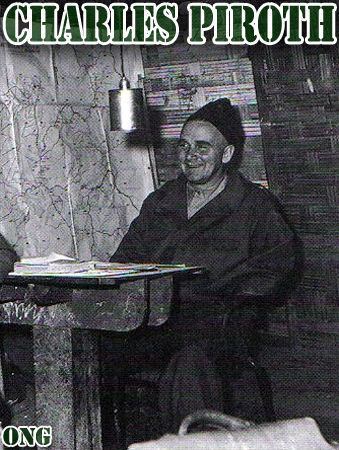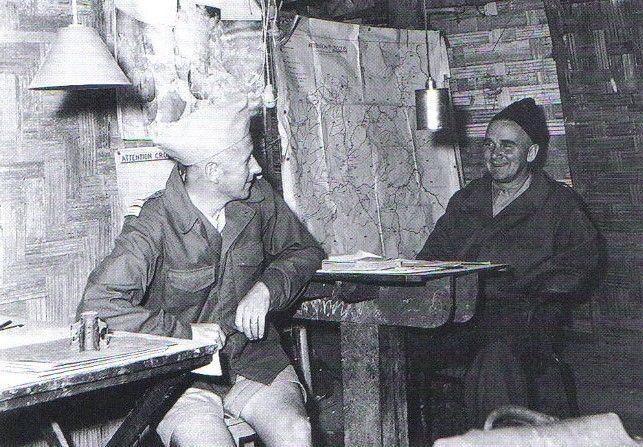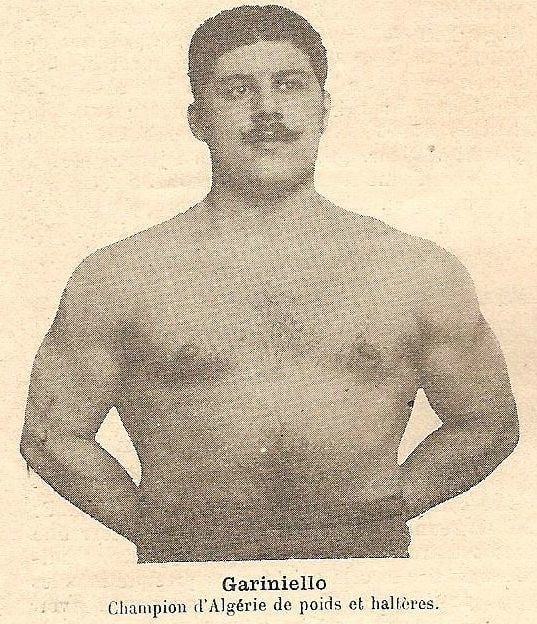Name Charles Piroth | Rank Lieutenant colonel Allegiance France | |
 | ||
Unit Groupement Operationnel du Nord-Est (GONO) Commands held Artillery at Dien Bien Phu garrison Battles/wars World War IIFirst Indochina War Died March 15, 1954, Dien Bien Phu, Vietnam Battles and wars | ||
Charles Piroth (14 August 1906 – 15 March 1954) was a French artillery officer and World War II veteran. He served three tours in Vietnam during the First Indochina War. Holding the rank of lieutenant colonel, Piroth commanded the artillery of the French Dien Bien Phu garrison during the siege of the valley by the Viet Minh. After failures by his artillery batteries to provide adequate support, he committed suicide in his bunker.
Contents

Military career

Born on 14 August 1906 at Champlitte in Haute-Saône, Charles Piroth served as an artillery officer in the Italian Campaign during the Second World War. His last regimental command was with the 41st Regiment of Colonial Artillery. His decorations included Commandeur de la Légion d'honneur, Croix de guerre 1939-1945 and Croix de guerre T.O.E.
Indochina
Piroth served a total of three tours in Indochina, arriving at first with General Philippe Leclerc de Hauteclocque as a major in October 1945. He was pressed into service as an infantryman despite being an artilleryman, due to the need for soldiers on the front line and the lack of targets for artillery. Piroth proved a popular commanding officer when serving north of Saigon in an area known as Thu Dau Mot. On 17 December 1946, Piroth was critically wounded during an ambush though he remained in command until he was eventually evacuated to Saigon, where his arm was amputated without anaesthesia.
Piroth was sent to recover in France. He returned to Indochina but a year later, in 1950, the newly arrived French General de Lattre de Tassigny dismissed him from the general staff. In late 1953, Piroth was given command of the artillery force at Dien Bien Phu by its commander Colonel Christian de Castries. The French artillery at Dien Bien Phu comprised only 30 medium and heavy guns, although large stocks of shells were airlifted into the zone before the siege began. Concern was expressed by de Castries and others that the artillery firepower available might prove inadequate in the event of Viet Minh attack, but the experienced Piroth responded that the Viet Minh would only be able to move a small number of light artillery pieces through the steep jungle covered hills that surrounded the valley of Dien Bien Phu and that his guns, if well situated, would be capable of dominating the battlefield.
During the first four months of the French occupation of the valley, Piroth's optimism appeared justified. However the Viet Minh made use of this quiet interlude to concentrate large quantities of artillery on the high ground dominating the French garrison by transporting the weapons along jungle pathways. Piroth's deployment of the outnumbered defending artillery proved inadequate to provide mutually supporting fire for the widely dispersed French strongpoints
The opening phases of the battle began with three days of heavy bombardment by the Viet Minh forces led by General Giap. The outmatched defending artillery was unable to adequately assist besieged French forces on two outlying hills, Gabrielle and Beatrice. Both these fortresses fell quickly to the Viet Minh. Piroth fell into heavy depression due to the failure of his artillery to support the defenders and to nullify the Viet Minh artillery before the battle began, as he had promised.
On 15 March 1954, having circled the camp to apologize to various fellow officers, Piroth returned to his bunker and removed the pin from a grenade clutched to his chest, blowing himself up. He was buried secretly in his bunker, and his death was covered up for several days until newspapers dropped on the camp notified the men, the news of the death having been leaked to the paper from an unknown source. His replacement, Lieutenant Colonel Guy Vaillant, arrived on 20 March via air ambulance, one of the few to successfully land at Dien Bien Phu during the conflict.
